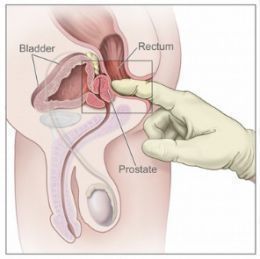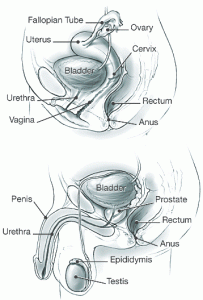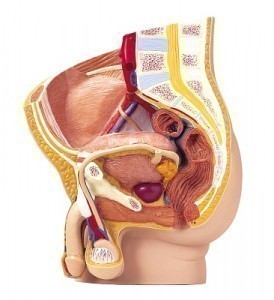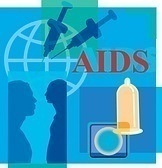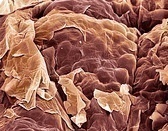Enlarged Prostate Symptom
Known by different names like benign enlargement of the prostate, nodular hyperplasia and benign prostatic hyperplasia, enlarged prostate is a medical condition wherein the size of the prostate of middle-aged and elderly men increases beyond what is normal. Factors that may contribute to such growth include estrogen and testosterone. Common risk factors include national origin, heredity as well as aging. Learn more about this interesting health problem by taking a closer look at the different enlarged prostate symptoms, treatments and diagnosis.
Signs of Enlarged Prostate
It is easier to determine people who are suffering from enlarged prostate, thanks to the presence of several major and minor signs. Early symptoms of this difficult condition include the frequent need to urinate, straining while urinating and dribbling at the end of urination. While urinating, patients may experience sudden stops before starts while urinating.
Furthermore, they are likely to develop urinary tract infection, hematuria or blood in the urine as well as nocturia, which is primarily the increased frequency to urinate especially during nighttime. Patients will also find it hard to start urinating, while at the same time unable to empty the bladder completely. This disease is also marked by a weak urine stream.
Enlarged Prostate Diagnosis
Just like all the serious medical conditions and diseases out there, having enlarged prostate needs accurate and proper diagnosis. As part of the process, patients will be asked pertinent questions regarding their health problems and medications. Commonly, these inquiries come in the form of questionnaires, wherein they must relay highly valuable information about their medical histories. Furthermore, they must also undergo digital rectal exams, which are proven safe and effective in determining the presence of enlargement as well as the possibility of having the symptoms of prostate cancer.
Physicians can also ask their patients to undergo urine tests, which can actually help in ruling out the possibility of other medical conditions. These tests can also rule out the possibilities of kidney disease, bladder infection and prostatitis. Other reliable tests for enlarged prostate include cystoscopy, urodynamic pressure-flow studies and transrectal ultrasound. Post-void residual volume test, urinary flow test and prostate-specific antigen blood test are additional diagnostic procedures that can help evaluate further this severe medical condition.
Enlarged Prostate Treatment
To help control the major and minor symptoms of this disease, doctors may prescribe certain medications to their patients. To make it easier for patients to urinate, they are given alpha-blockers such as alfuzosin, tamsulosin and doxazosin, all of which are approved by the U.S. Food and Drug Administration.
Enzyme (5-alpha-reductase) inhibitors can also help improve the condition of patients including dutasteride and finasteride. There are also different nonsurgical therapies to choose from such as interstitial laser therapy, transurethral needle ablation and microwave therapy. Moreover, there are also surgical procedures for a much better health improvement, which include open prostatectomy, transurethral incision of the prostate and transurethral resection of the prostate.
For more information on Enlarged Prostate Symptom read:
